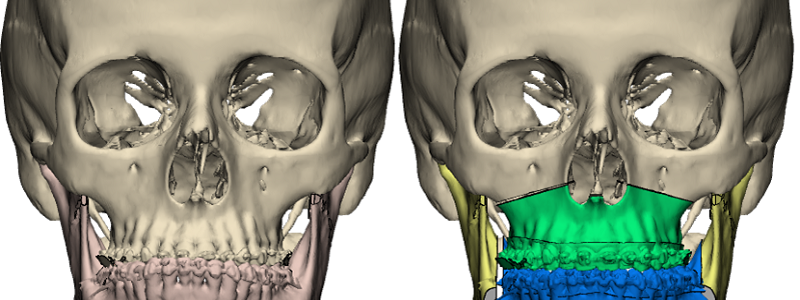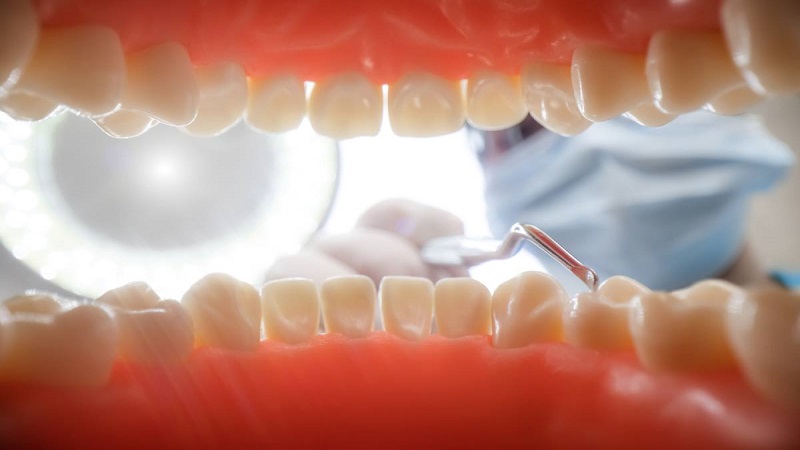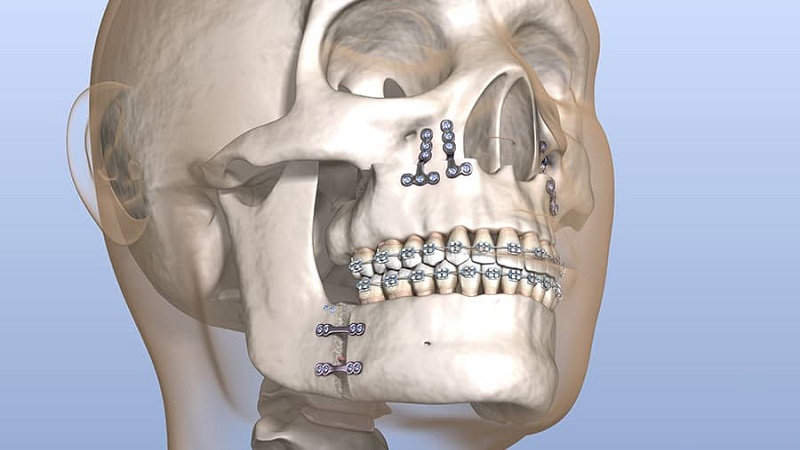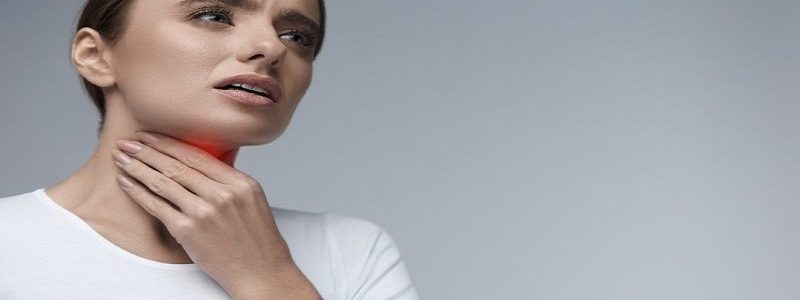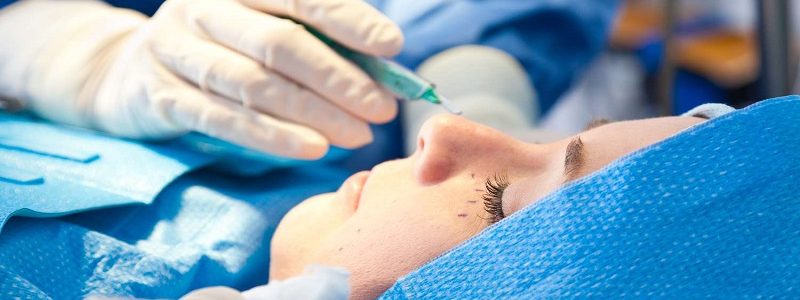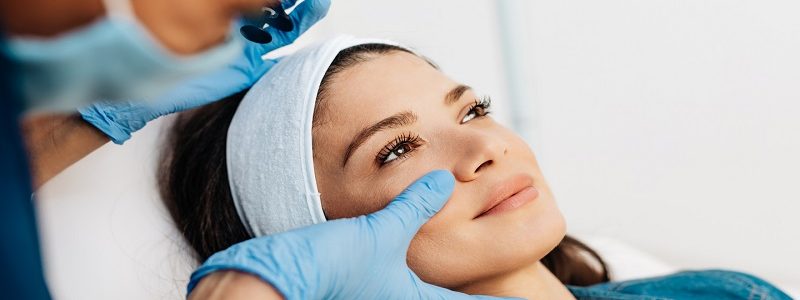Correction of congenital defects of the jaw
Congenital defects The jaw Among them are structural and functional problems that can have deep effects on people's lives. These defects may include problems with the size, shape, or position of the jaw, which can lead to problems with feeding, speech, breathing, and even facial aesthetics.. Corrective jaw surgeries are performed with the aim of improving the function and appearance of the jaws and play a very important role in improving the quality of life of patients..
Types of congenital jaw defects
Defects related to upper jaw (maxilla)
1. Clifton Pellet (Cleft palate): Cleft palate or roof of the mouth that can lead to feeding, speech and breathing problems.
2. Lack of maxillary growth: Insufficient growth of the maxilla which can lead to bite problems (Closing the mouth) and lead to beautiful effects.
3. long jaw (Prolongation of the upper jaw): It causes facial imbalance and functional problems.
Defects related to the lower jaw (Mandible)
1. Micrognathia: The smallness of the lower jaw, which can cause breathing and feeding problems.
2. Macrognathia: A large mandible that can cause an unnatural bite and aesthetic effects.
3. Lower jaw asymmetry: Asymmetry in the lower jaw that leads to facial imbalance.
Surgical methods to correct congenital defects of the jaw
Surgeries related to the upper jaw
1. Lapiz Lift (Le Fort I Osteotomy):
– This surgery is used to correct the problems of the height of the upper jaw and its displacement.
– The middle part of the upper jaw is separated and placed in a new position.
– Advantages: Improving bite, breathing and facial beauty.
– Disadvantages: The need for a long time to recover and the possibility of surgical complications.
2. ارتوگناتیک surgery:
– A combination of surgery and orthodontics to correct complex maxillary defects.
– Advantages: Improved performance and appearance.
– Disadvantages: High cost and long treatment time.
Surgeries related to Lower jaw
1. BSSO (Bilateral Sagittal Split Osteotomy):
– This surgery is used to move the lower jaw forward or backward.
– Advantages: Improved bite and chewing performance.
– Disadvantages: The possibility of damage to the nerves of the lower jaw.
2. Gonial surgery (Genioplasty):
– It is used to correct the size and shape of the chin.
– Advantages: Improving the symmetry and beauty of the chin.
– Disadvantages: The need for recovery time and the possibility of surgical complications.
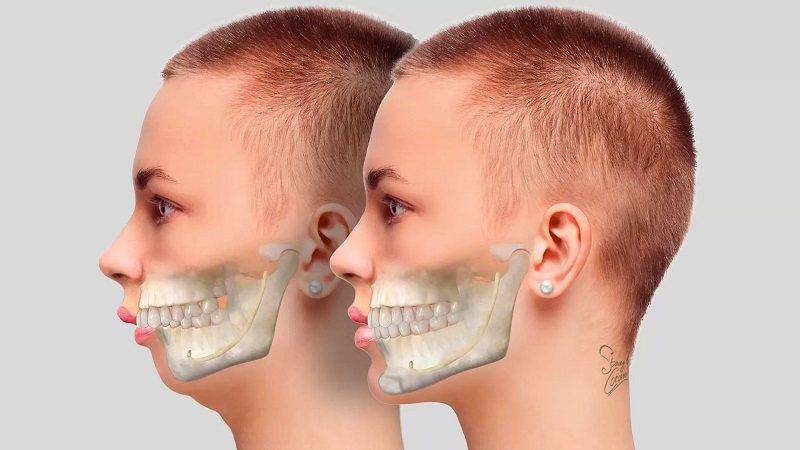
Official page اینستاگرام Dr Behnam khorami (Best of nose surgery) follow the.
Surgical procedure and aftercare
Preparation before surgery
1. Consultation with Maxillofacial surgeon: Accurate assessment of defects and planning for surgery.
2. Physical and mental preparation: Conducting necessary tests and psychological preparation of the patient.
3. Accurate imaging: Using x-rays and CT scans to determine the exact position of the jaws.
Surgical procedure
1. General anesthesia: The patient becomes completely unconscious.
2. Making incisions and correcting the jaw: The surgeon makes the necessary incisions and moves the jaws to a new position.
3. Stabilization of the jaws: Using screws and plates to keep the jaws in the new position.
Post-surgery care
1. Management of pain and swelling: Use of painkillers and anti-inflammatory drugs.
2. Proper diet: Consumption of soft foods and liquids.
3. Follow-up and examination sessions: Regular attendance at the surgeon's examination and follow-up sessions.
Advantages and disadvantages of surgery to correct congenital jaw defects
- Advantages
1. Improve chewing and speech function: Correcting defects can improve chewing and speech function.
2. Improve breathing: Jaw surgeries can reduce breathing problems caused by structural defects.
3. Improve appearance and increase self-confidence: Correcting jaw defects can help improve facial appearance and increase self-confidence.
- Disadvantages
1. Risks of surgery: Any surgery is associated with risks such as infection, bleeding and anesthesia complications.
2. Long recovery period: Full recovery may take several weeks to several months.
3. High cost: Jaw surgeries are usually expensive and require frequent follow-ups.
Conclusion
Surgeries to correct birth defects The jaw They can have significant effects on improving the quality of life of patients. These surgeries help patients to experience a better life by improving chewing, speaking, breathing and facial appearance.. Although these surgeries are associated with risks and costs, with careful planning and the selection of an experienced surgeon, the desired results can be achieved.. Care before and after surgery also play a vital role in the success of this process.
Useful links: Isfahan nose surgeon _ Jaw surgeon of Isfahan
Dr. Behnam Khorrami's page in the clinic 24 | Maxillofacial surgeon in Isfahan clinic 24 | Nose surgeon in Isfahan clinic 24
Dr. Behnam Khorrami, nose surgeon in Isfahan at Dr. Af | Maxillofacial surgeon in Isfahan at Dr. Af | Isfahan nose surgeon at Dr. Af
Suggested contents of Dr. Behnam Khorrami's website (Best of nose surgery – Jaw surgeon of Isfahan):
Different types of upper jaw cosmetic surgery
An overview of the types of anesthesia for nose surgery



